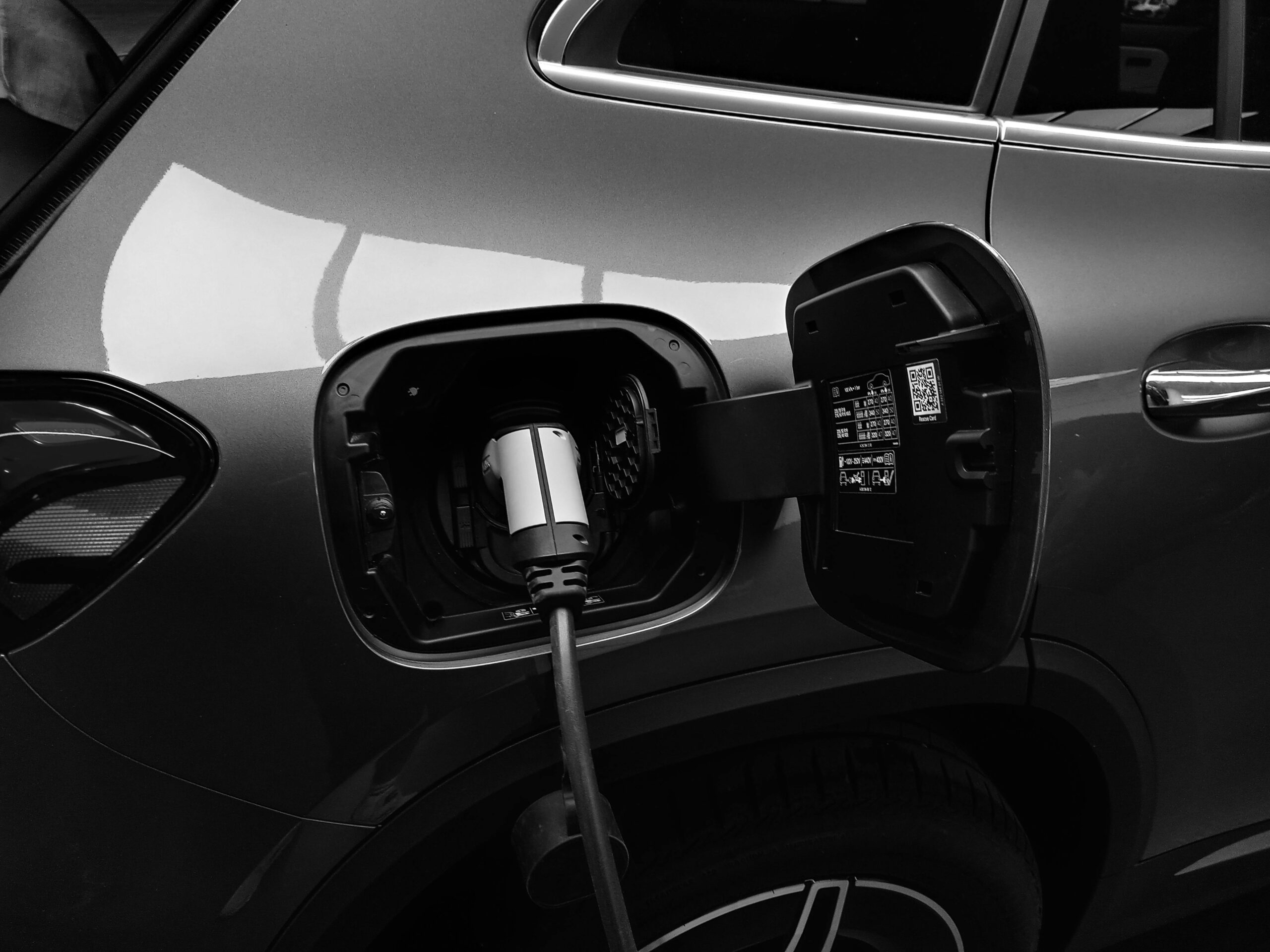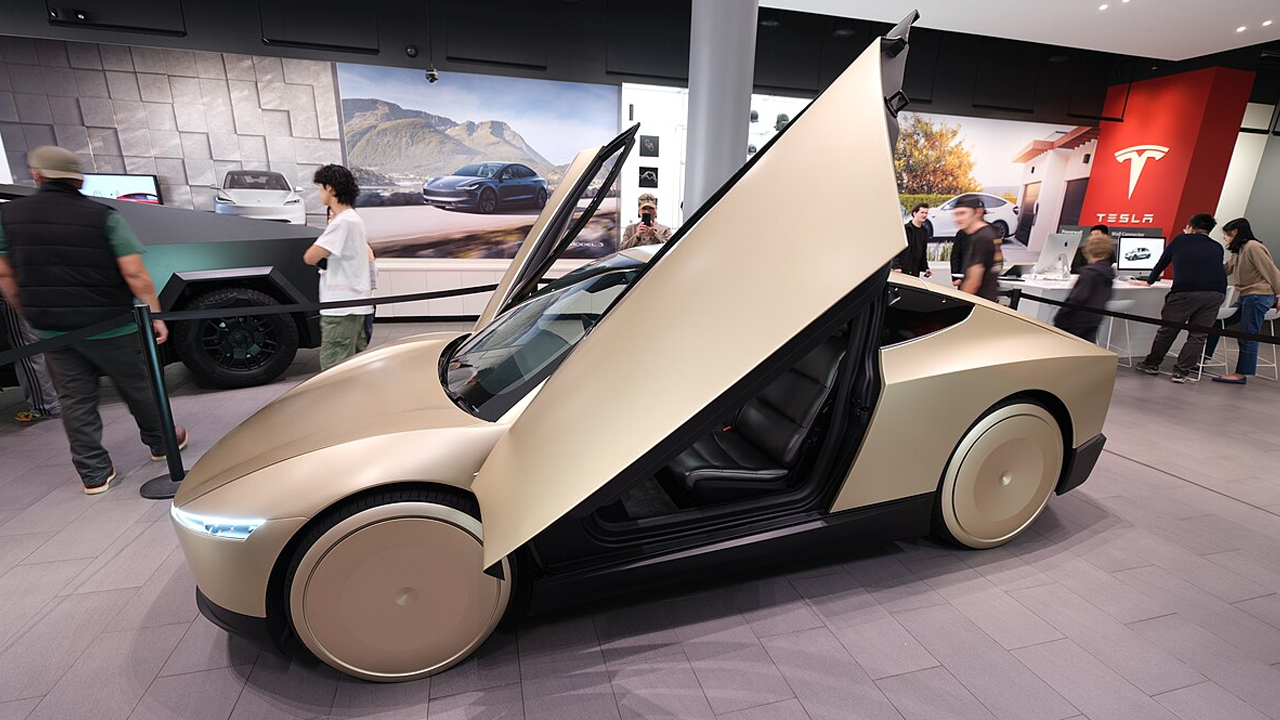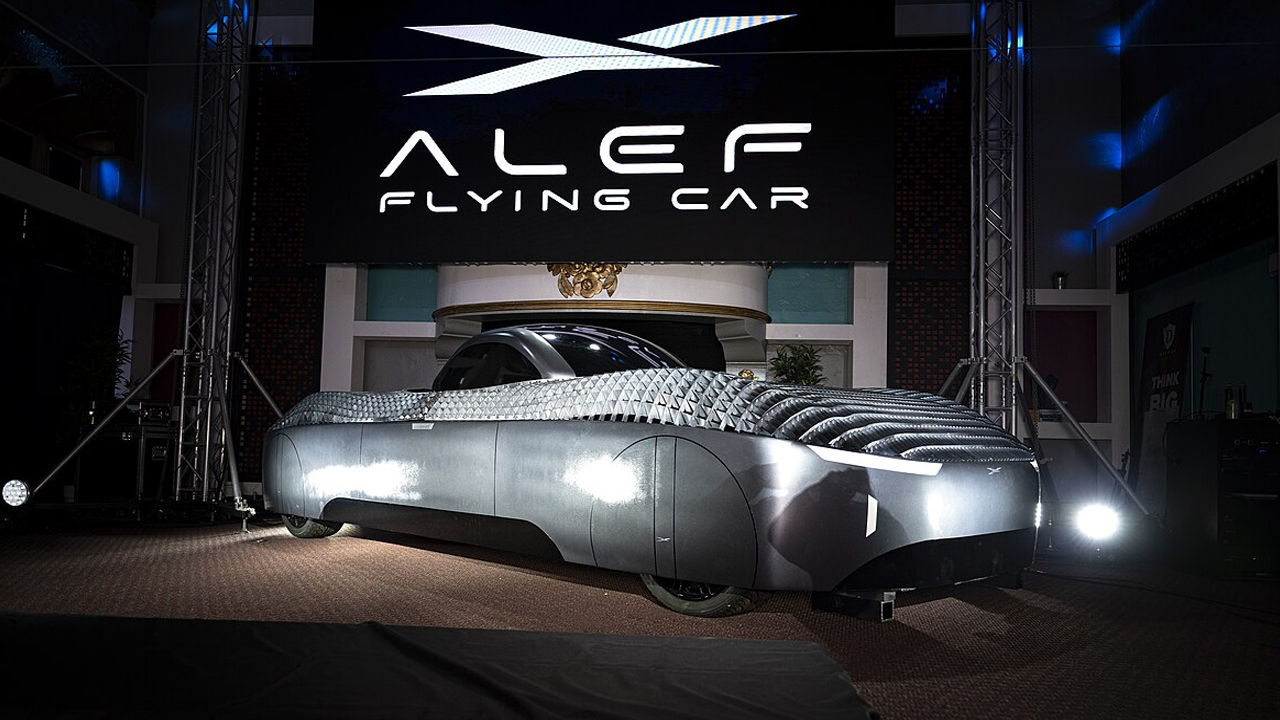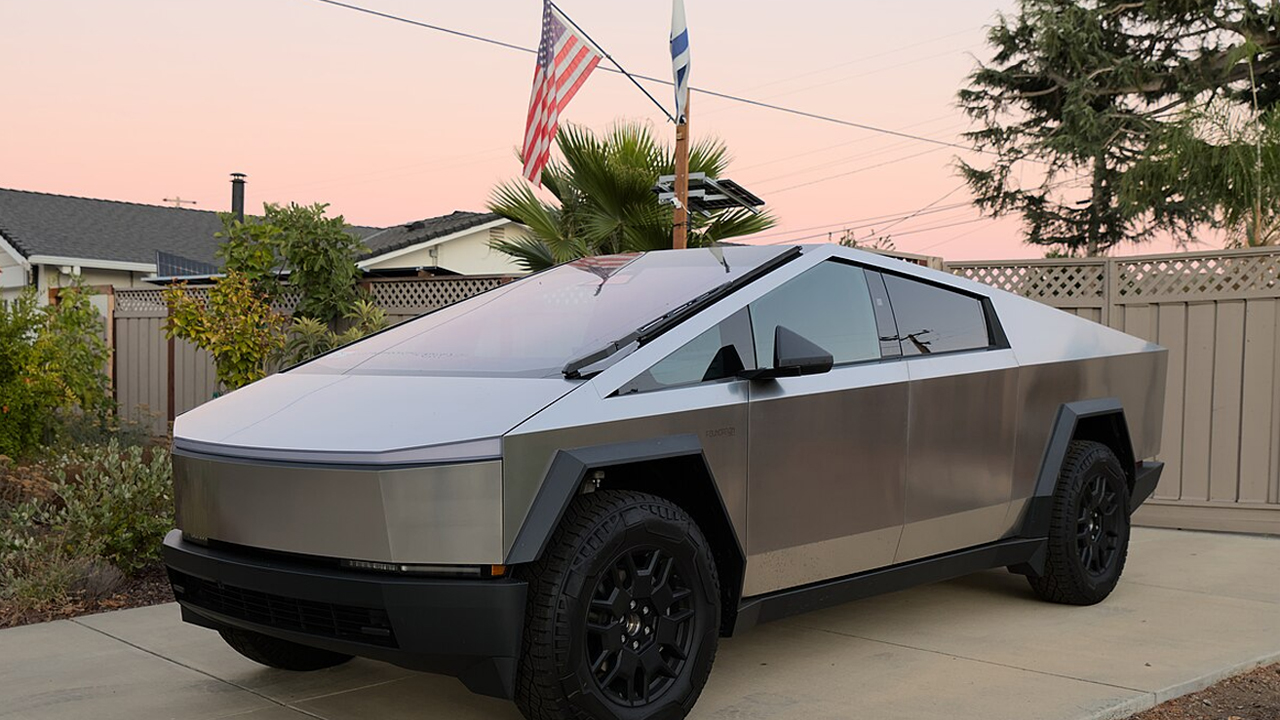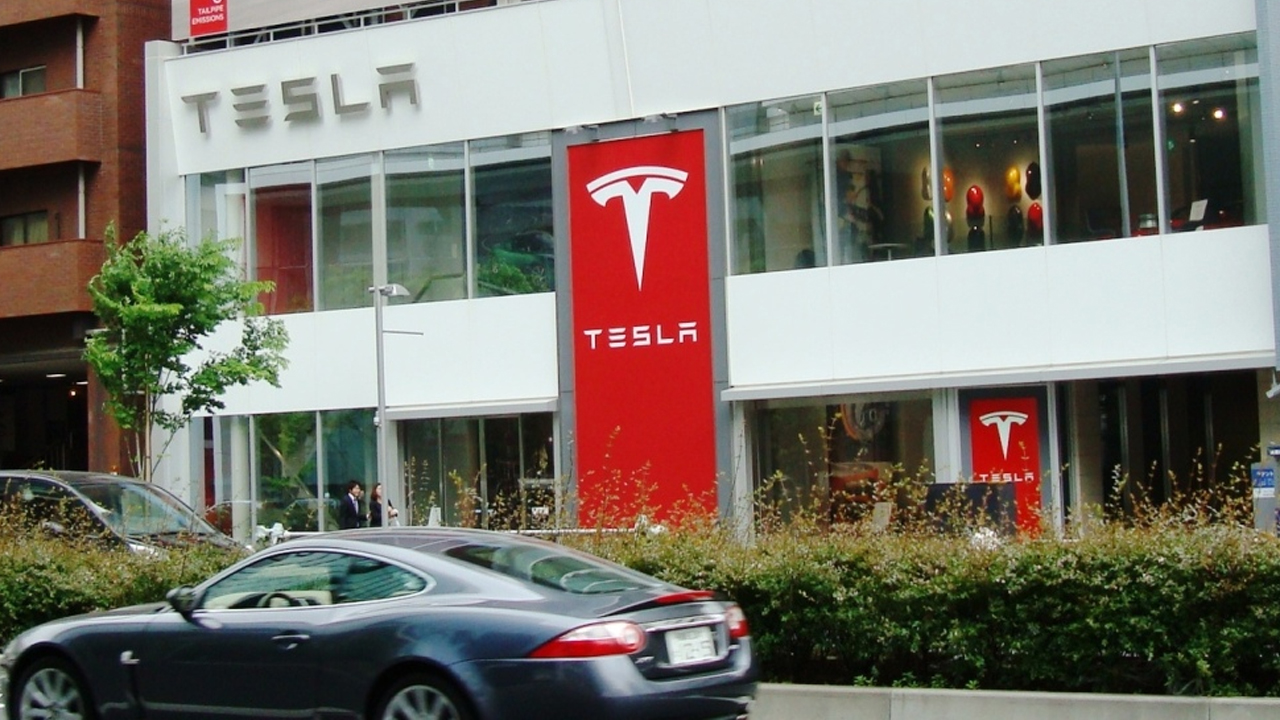Tesla’s next big move isn’t just another electric car—it’s a full shift toward driverless, on-demand mobility. The CyberCab is Elon Musk’s play to dominate the robotaxi space before anyone else even gets close. It’s sleek, stripped down, and built for autonomy from the ground up. And if Tesla pulls this off, it won’t just shake up the EV market—it’ll change how cities move.
Tesla’s Secret Weapon
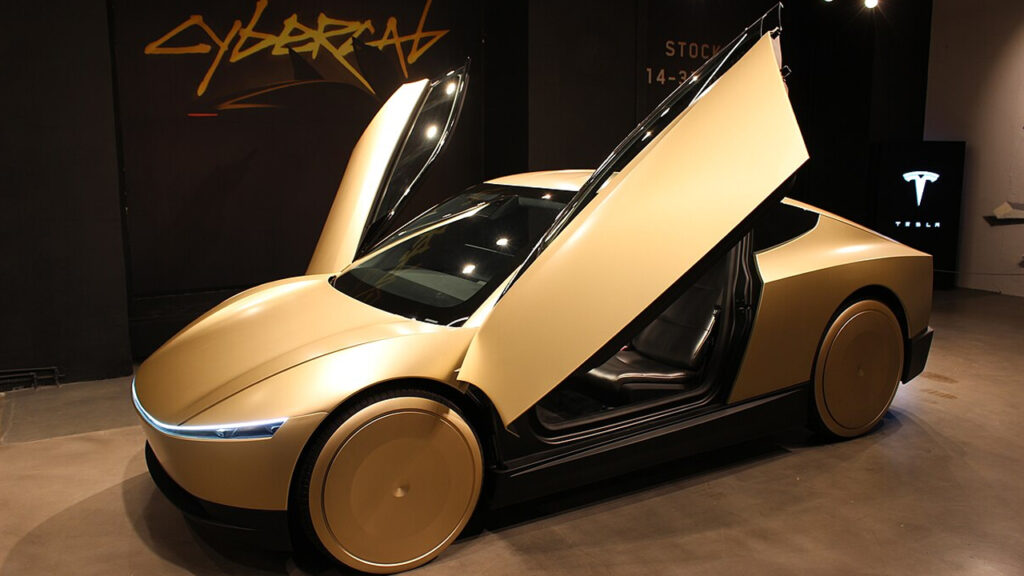
Tesla’s CyberCab, also known as the Robotaxi, marks a significant step toward the company’s vision of a fully autonomous ride-hailing network. Unveiled at the “We, Robot” event in late 2024, this two-passenger EV is designed without a steering wheel, pedals, or mirrors, emphasizing a future where driving is optional.
Featuring butterfly doors, no rear window, and a simplified cargo area, the CyberCab is slated for production before 2027, with a target price under $30,000. This affordability could revolutionize the robotaxi market. (Source: The Verge)
Designing for Efficiency and Cost-Effectiveness
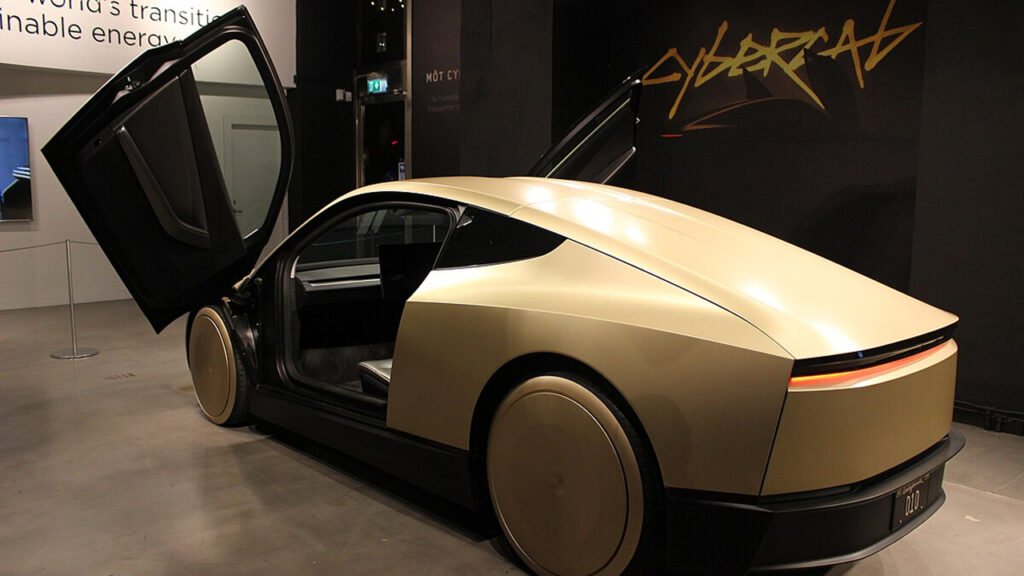
The CyberCab’s minimalist design eliminates components like door handles, mirrors, and even a rear window, streamlining manufacturing and maintenance. The absence of traditional controls simplifies the interior, aligning with its autonomous nature.
Equipped with inductive charging capabilities, the CyberCab can recharge without physical connectors, enhancing user convenience and supporting autonomous operation by reducing the need for human intervention during charging. (Source: WIRED)
Leveraging Data for Autonomous Advancement
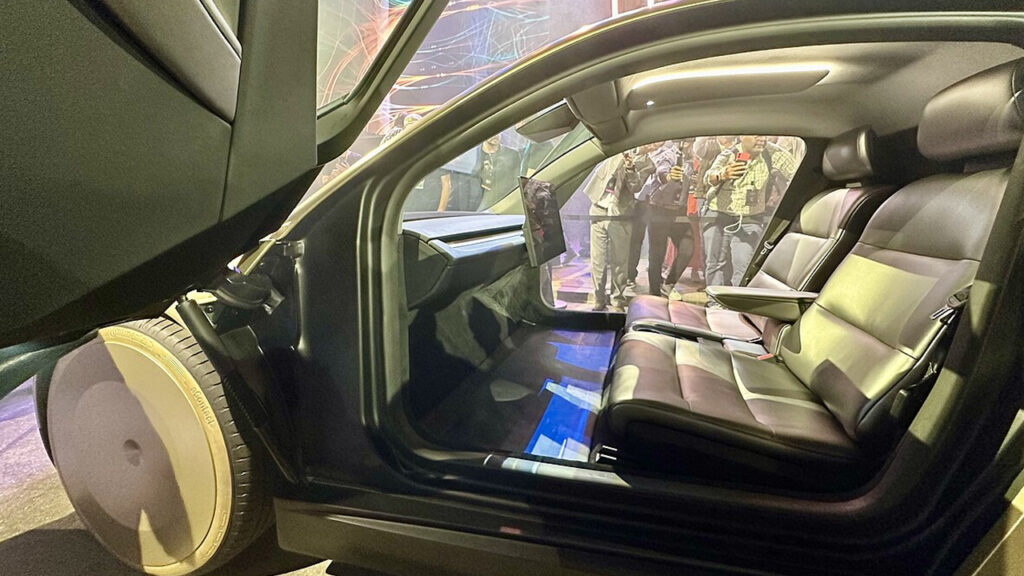
Tesla’s extensive fleet of vehicles equipped with semi-autonomous features provides a vast dataset to refine its Full Self-Driving (FSD) software. This data-centric approach enables continuous improvement of the CyberCab’s autonomous capabilities, setting it apart from competitors relying on different technologies.
Industry experts, including Anthony Levandowski, co-founder of Waymo, acknowledge Tesla’s advantage in accumulating real-world driving data. This wealth of information is instrumental in training and enhancing the AI systems that power the CyberCab’s autonomous functions.
Strategic Deployment Starting in Austin
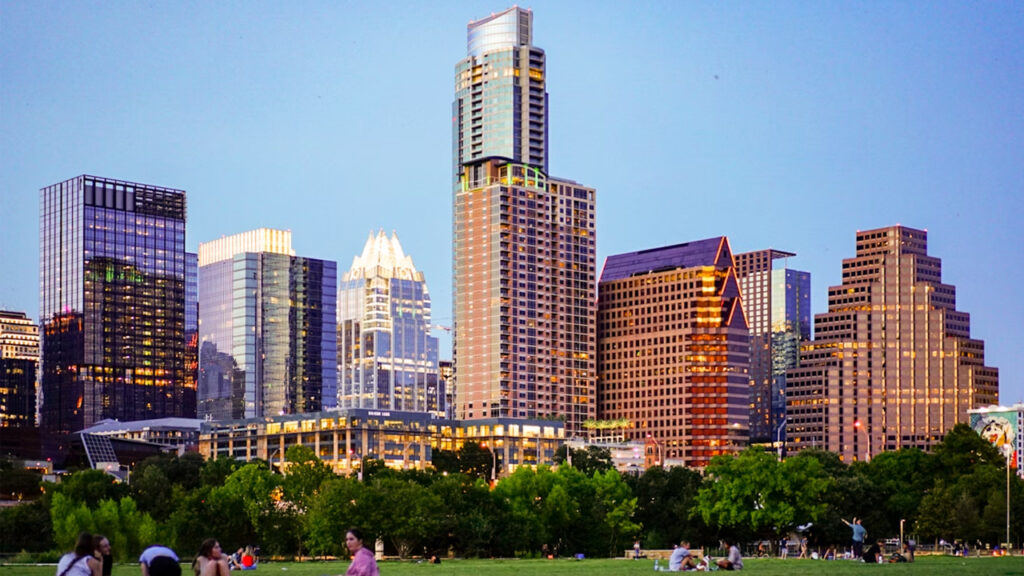
Tesla plans to commence the CyberCab’s autonomous operations in Austin, Texas, by June 2025. This strategic choice reflects the city’s supportive regulatory environment and infrastructure conducive to testing autonomous vehicles.
The initial rollout will serve as a critical phase for Tesla to gather operational data, address real-world challenges, and refine the CyberCab’s performance before broader deployment. Success in Austin could pave the way for expansion into other markets. (Source: Zecar)
Positioning Against Competitors in the Robotaxi Market
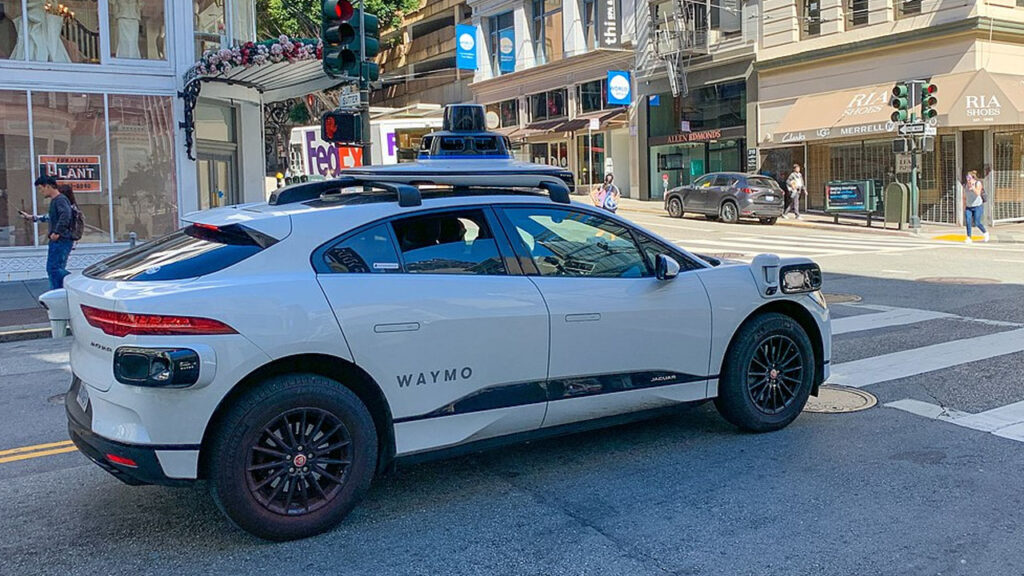
Tesla’s entry into the robotaxi space with the CyberCab positions it against established players like Waymo and Cruise. Unlike competitors that utilize lidar technology, Tesla relies on a vision-based system, emphasizing cameras and neural networks to navigate environments.
This approach has sparked debate within the industry regarding safety and reliability. However, Tesla’s commitment to refining its FSD software through extensive data collection aims to address these concerns and establish a competitive edge in autonomous mobility.
Anticipated Impact on Urban Transportation
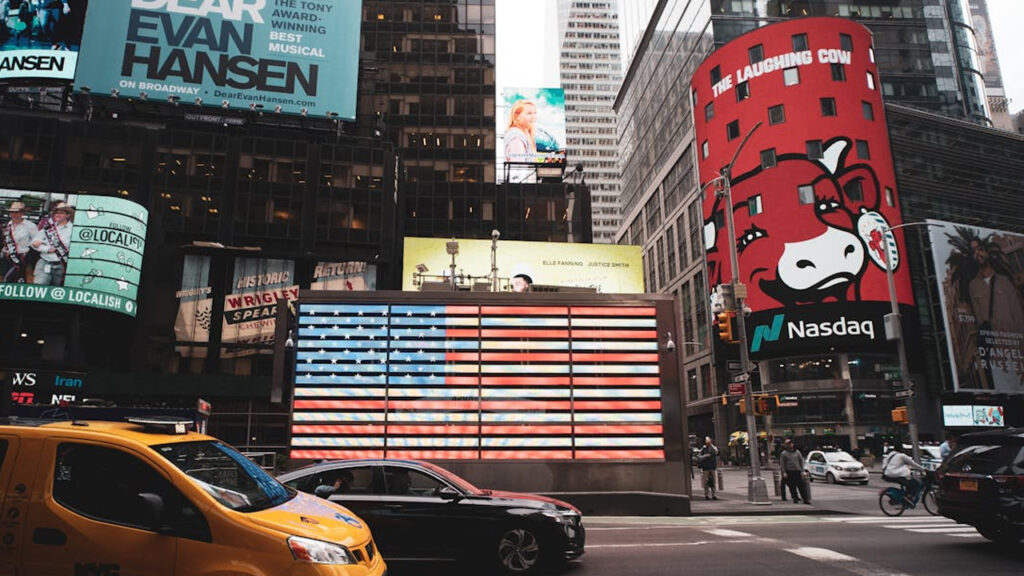
The CyberCab has the potential to significantly influence urban transportation by offering a cost-effective, autonomous alternative to traditional ride-hailing services. Tesla envisions a future where such vehicles reduce traffic congestion, lower emissions, and provide accessible mobility options.
By integrating the CyberCab into its broader transportation ecosystem, Tesla aims to redefine personal and shared mobility, aligning with evolving urban planning and sustainability goals.
Navigating the Road Ahead

Tesla’s CyberCab embodies the company’s vision for a future dominated by autonomous electric vehicles. While challenges remain in technology, regulation, and public acceptance, the CyberCab represents a significant step toward realizing fully autonomous urban mobility.
As Tesla continues to develop and deploy the CyberCab, its impact on transportation, city planning, and the automotive industry will be closely watched, potentially setting new standards for what autonomous vehicles can achieve.
